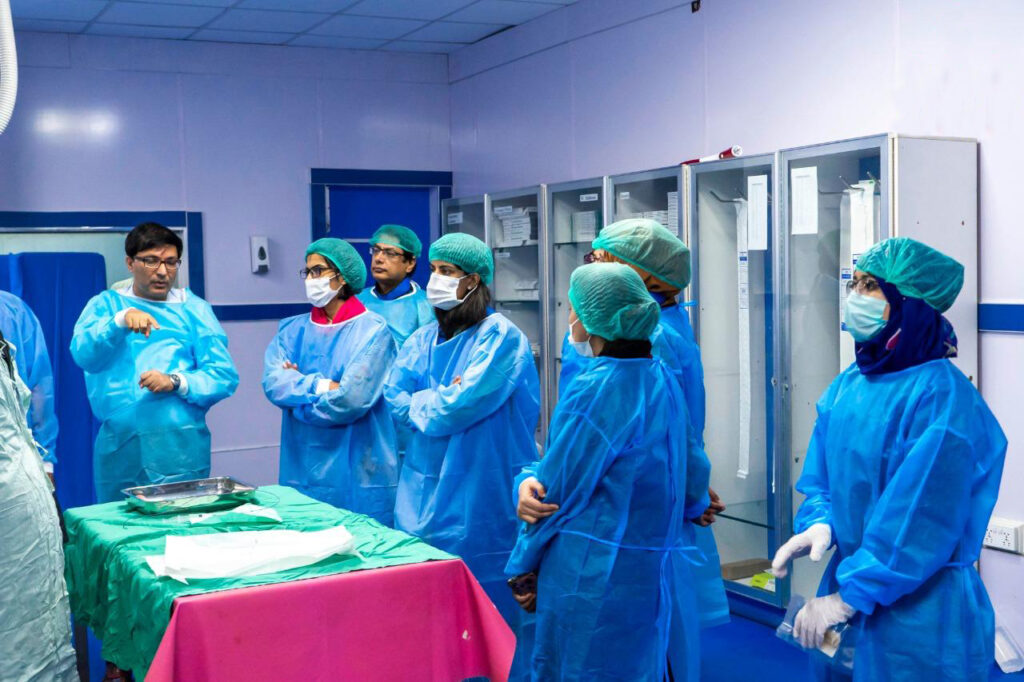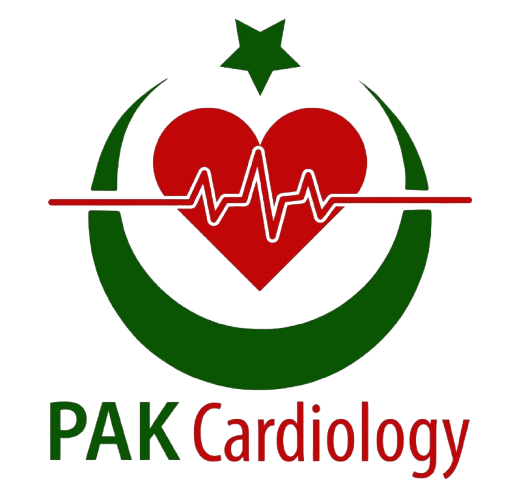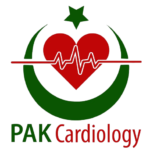Procedural
Our Procedural Services
- PTMC
- Mitral valve Repair
- Mitral /Aortic valve replacement
- Device Implantation
Percutaneous transluminal mitral commissurotomy (PTMC) is a minimally invasive procedure that is used to treat patients with mitral stenosis. Mitral stenosis is a condition in which the heart’s mitral valve is narrowed and does not open properly, restricting blood flow.
Mitral valve repair and mitral valve replacement are types of heart surgery to fix or replace a leaky or narrowed mitral valve. The mitral valve is one of four heart valves that control blood flow in the heart. It’s located between the upper and lower left heart chambers.
Mitral /Aortic valve replacement is a heart surgery to give you a new Mitral valve or Aortic Valve when your current one can’t be repaired. Your new valve will be either mechanical or biological. This surgery can relieve symptoms of mitral valve disease and prevent further damage to your heart.
Cardiac implantable electronic devices, including pacemakers, implantable cardioverter defibrillator (ICD), biventricular pacemakers, and cardiac loop recorders, are designed to help control or monitor irregular heartbeats in people with certain heart rhythm disorders and heart failure.
Expert Care for Your Heart Specialized Cardiac surgical procedures for Every Need
Pak-Cardiology is one of the prominent hospitals for heart care in Faisalabad which is recommended for heart diagnosis, heart surgery operations and especially heart health management. Our team of cardiologist specialists is responsible for performing a range of cardiac surgical procedures that is always meets for the personal needs of your heart health. Whenever you are looking for a best cardiac surgeon in Pakistan, whether its related heart diagnosis, cardiovascular surgery treatment, or ongoing management of heart conditions, you always find us in top lists. Try our specialized cardiology services to bolster your quality of life together with cardiac well-being.


Coronary Procedures
Coronary procedures are crucial in diagnosis and treatment for conditions affecting coronary arteries, which provide vital blood supply to the heart. These cardiac surgical procedures are aimed at normalizing blood flow and improving heart function and are definite measures of improved outcomes. What you would find here below are a few our key coronary procedures directed at catering to somewhat different heart health needs.
Angiography: We perform this procedure through Arm (Radial Artery) to diagnose narrowing / stenosis of the coronary artery. It takes almost 10 minutes to perform coronary angiography and post procedure patient stay in hospital is for two hours.
Angioplasty: Angioplasty means using a balloon to stretch open a narrowed or blocked artery. However, most modern angioplasty procedures also involve inserting stent, into the artery during the procedure. The stent is left in place permanently to allow blood to flow more freely.
CABG / Bypas: Coronary artery bypass grafting (CABG), also called heart bypass surgery, is a medical procedure to improve blood flow to the heart. It may be needed when the arteries supplying blood to the heart, called coronary arteries, are narrowed or blocked.
Valve Procedures
The valves of the heart mainly control the proper and efficient flow of blood through the heart. Their dysfunction can generally lead to serious health issues. At Pak-Cardiology Hospital we offer a range of valve procedures addressing a variety of conditions that affect the mitral and aortic valves. With the specialized intervention of the team of cardiologists, we work towards the restoration of normal heart functions that assure an improved life for our patients. Let us run you through the valve procedures that we perform:
Structural heart disease procedures
These cardiac surgical procedures are performed to correct the congenital heart defects like ASD, VSD, PDA either percutaneously or surgically.
Peripheral Procedures
Many patients have non healing wounds on feet or lower limbs due to peripheral vascular disease (narrowing of the arteries). These procedures are performed to treat the peripheral arteries of upper or lower limbs. We perform angioplasty or surgery to treat the narrowing or blockage of these arteries.
Surgical Procedure FAQ’s
- Angiography: For suspected arterial tortuosity or stenosis, angiography via the radial artery is typically used. The procedure takes around 10 minutes, with a two-hour post-procedure hospital stay.
- Angioplasty: Angioplasty is a method that uses a balloon to inflate a narrow or blocked artery and sometimes a stent is added to keep the artery open and flow the blood out.
- The blood flow to the heart can be improved with the CABG therapy besides opening the narrowed or blocked coronary arteries, which the heart bypasses. This process becomes inevitable when blockages are there to hinder the blood supply, which prevents the heart from getting enough oxygen and nutrients. The symptoms are markedly less, thus, leading to the increased quality of life in coronary artery disease patients.
- Many patients, whose valvular disease is not amenable to repair or is otherwise damaged, undergo mitral or aortic valve replacement (AVR) surgery. The replacement valve is usually mechanical or biological and helps restore the normal flow of blood, thereby alleviating symptoms and preventing further heart damage.
- These are cardiac implantable devices, such as a pacemaker, cardioverter defibrillator, and biventricular pacemaker, which work to regulate irregular heartbeats or simply monitor heart conditions. They are used for patients with disorders of the heartbeat and for patients with heart failure to maintain an appropriate heartbeat and avoid complications.


